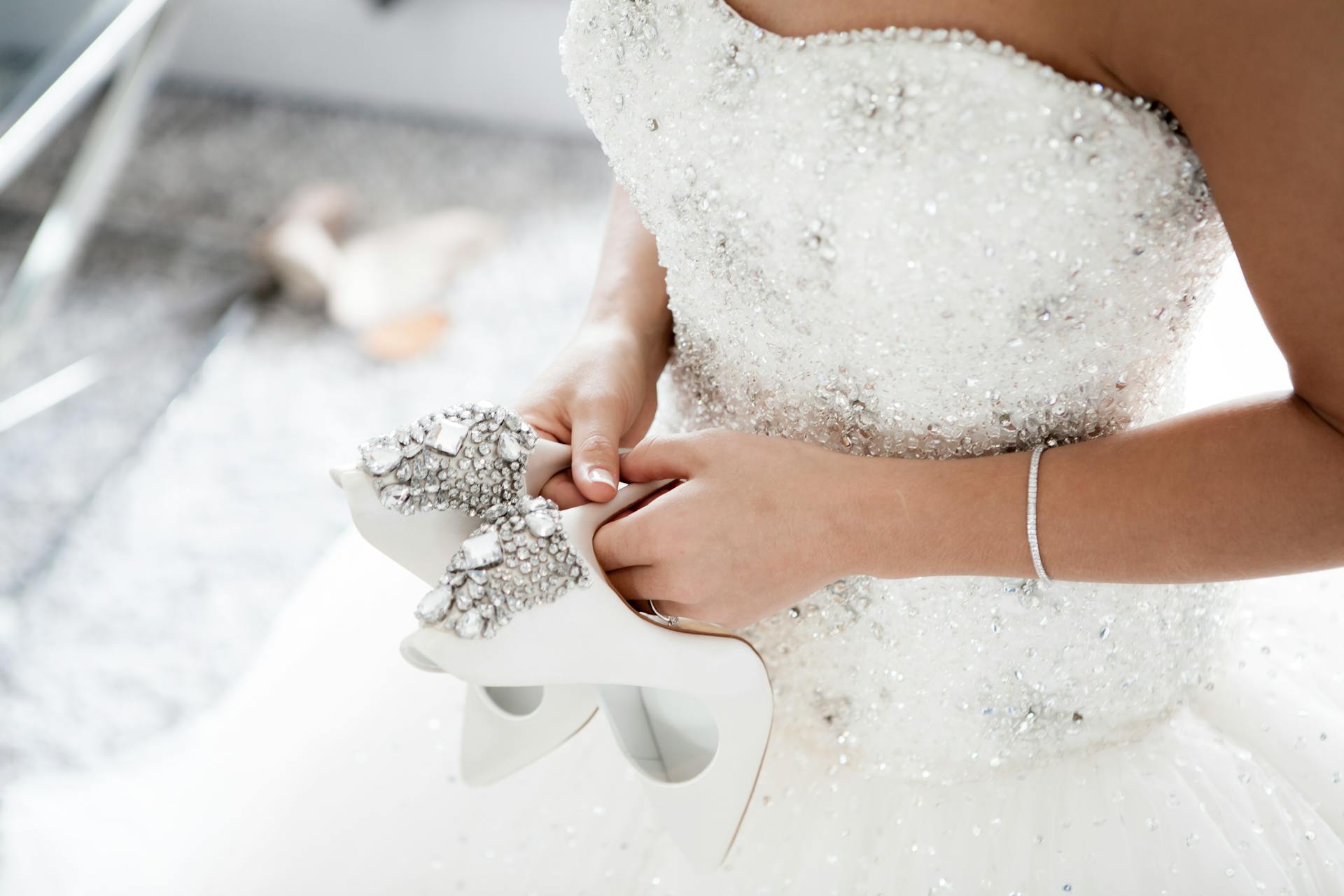

Estimated Reading Time:
(9 minutes)
Let’s get something out of the way right now: guests love an open bar.
But your budget? Not always so much.
It’s one of the biggest debates I hear in planning meetings: Do we offer a full bar? Do we limit it? Will people be annoyed if they have to pay for their own drinks? The answer isn’t one-size-fits-all—and it’s not just about the dollar amount. It’s about the vibe, the guest experience, and what kind of night you want to create.
After two decades of planning weddings, I’ve seen everything from BYOB backyard keggers to black-tie affairs with signature cocktails named after dogs. So let’s walk through the real options when it comes to alcohol at your wedding—what they cost, how they feel, and how to make the right call for your guest list and your wallet.
What Is an Open Bar, Really?
When people say “open bar,” they usually mean unlimited, all-night, full selection—beer, wine, liquor, cocktails, and no payment required from guests. That’s the classic setup at many formal weddings, and it’s also the most expensive. But here’s the part most couples don’t realize: you can customize your alcohol service far more than just “open or not.” There’s a wide range of options—and with the right choices, you can still feel generous without blowing the budget.
Let’s break them down in realistic terms:
You’re covering everything—beer, wine, spirits, mixers, custom cocktails. Guests drink what they want, when they want.
Pros: Feels generous, eliminates awkward moments, popular with guests.
Cons: Very expensive; can encourage over-drinking if not managed.
A simplified version of the open bar. You cover unlimited beer and wine (and maybe one or two non-alcoholic options), but skip the liquor.
Pros: Cuts costs by 30–50% over full bar; still feels celebratory.
Cons: Some guests might miss the cocktail options; can feel limited at more formal weddings.
You offer beer, wine, and a curated cocktail or two (like a “Blushing Bride” or a spicy margarita).
Pros: Keeps things festive and fun while controlling inventory and cost.
Cons: Needs thoughtful planning to reflect your taste and please your guests.
Guests pay for their own drinks, like at a regular bar. Sometimes paired with a welcome drink or champagne toast.
Pros: Saves a lot of money.
Cons: Can feel less hospitable to guests—especially older generations who expect drinks to be covered at weddings.
There’s also a hybrid version: cover drinks during cocktail hour or dinner only, then switch to cash bar for the reception. Or offer the first few rounds, then open it up.
How Much Does an Open Bar Actually Cost?
This depends on guest count, length of the event, and your vendor. But here’s a rough guideline:
Full open bar: $35–$80 per guest
Beer & wine only: $20–$40 per guest
Limited/sig cocktails: ~$25–$55 per guest
Cash bar: $0 to you, but often frowned upon unless the wedding is casual or guests were warned ahead of time
Let’s do some quick math:
150 guests x $55 per guest = $8,250
That’s not including gratuity, bar staff, corkage fees (if you're supplying your own), or extra insurance in some venues.
It adds up fast. Which is why smart couples look for creative alternatives.
I once worked with a couple who hosted their wedding at a small art gallery. Instead of a full bar, they offered:
One red wine
One white wine
Local craft beer
A self-serve sangria station
Sparkling water and mocktails for non-drinkers
They dressed up the bar with beautiful signage, fresh fruit garnishes, and vintage glassware. Guests loved it. Not one person asked where the vodka was.
So how did they pull it off? They focused on presentation over volume. No one cared that there weren’t 20 options—they cared that it felt thoughtful and festive.
Other ways to cut bar costs without sacrificing guest experience:
Choose house brands over premium liquor
Serve signature cocktails in batched dispensers instead of made-to-order
Close the bar during dinner (this naturally slows consumption)
Eliminate shots or heavy liquor options altogether
Offer champagne just for the toast instead of all night
And remember: people drink less at brunch or daytime weddings. The earlier the wedding, the lighter the pour.
Let’s talk about this, because it’s the #1 fear couples have when skipping the full open bar.
Here’s the truth: some people will judge anything. That’s not your problem.
That said, you do need to set expectations clearly. If you plan to host a cash bar, let guests know ahead of time on your website or invitation insert. You can frame it simply:
“A full-service bar will be available for purchase throughout the evening.”
It’s also helpful to offer a non-alcoholic welcome drink or champagne toast so guests feel included even if they don’t want to buy cocktails.
Ultimately, if your vibe is more backyard gathering or community potluck than ballroom gala, your guests will likely understand and appreciate your choices. Just don’t spring a surprise cash bar on a black-tie crowd. That’s where disappointment sets in.
The right bar setup is the one that balances generosity with intentionality. You’re not obligated to host an open bar just because it’s popular. If it works for your budget—great. If it doesn’t, that’s not a failure. That’s a chance to be creative, to reflect your style, and to offer your guests something thoughtful within your means.
Whether it’s champagne towers or budget-friendly prosecco, signature cocktails or iced tea on tap—what guests remember most is how you made them feel, not how much liquor was available. So pour what feels right. And raise your glass to planning with purpose.
– Bailey J.
What Should We Prioritize in Our Budget – Where Should We Splurge vs. Save?
How Can We Save Money and Still Have a Great Wedding?